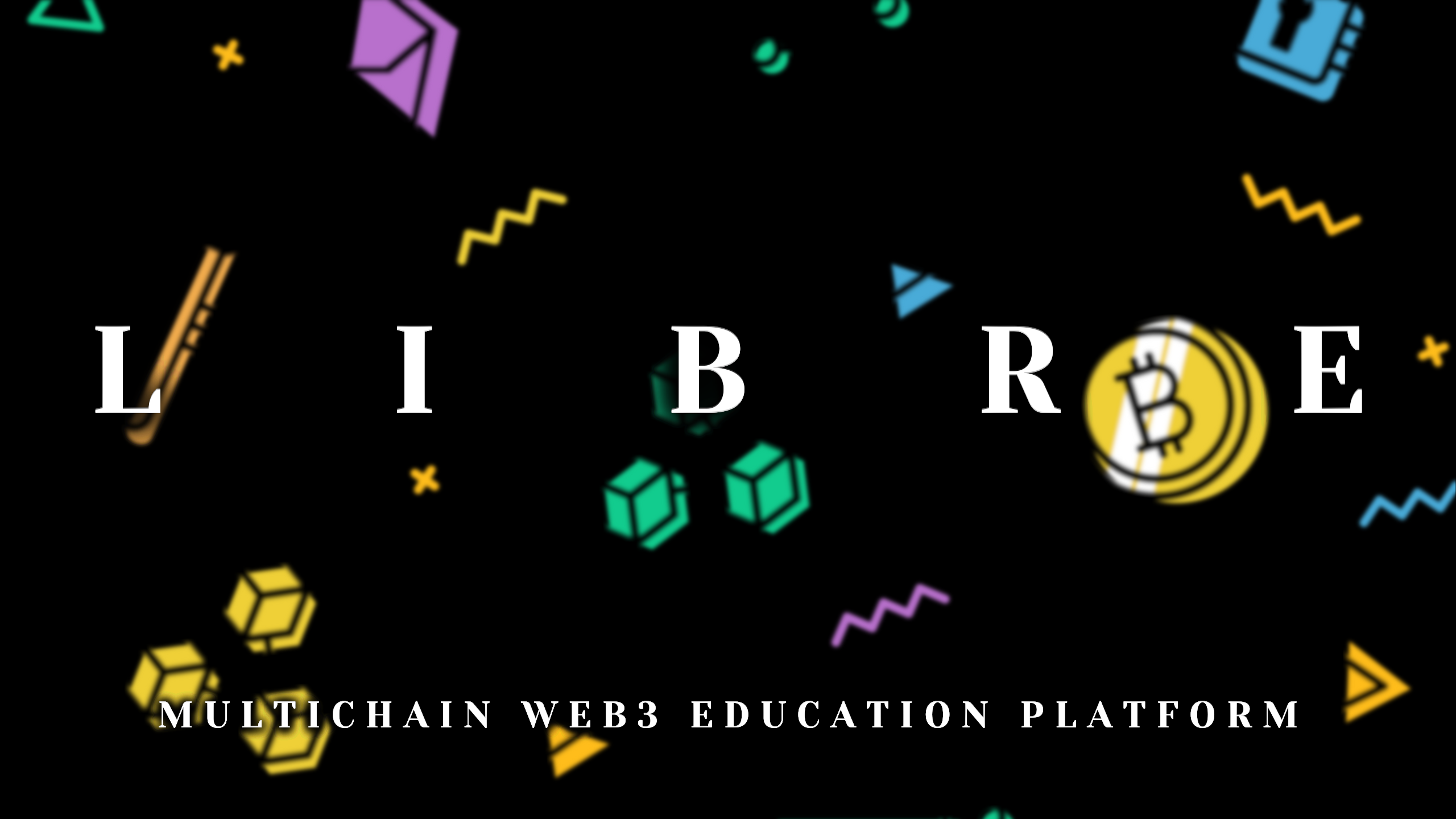13
OctThe Success of DePIN in Our Digital Age

```html
The topic of decentralized physical infrastructure networks (DePIN) has become increasingly prominent in discussions surrounding the future of technology and infrastructure development in our digital age. As we transition into a more interconnected world, these networks promise significant benefits when integrated with emerging technologies, particularly in the realm of mobile devices and decentralized systems. This article, titled The Success of DePIN is in All of Our Pockets, delves deeply into the implications of DePIN for various sectors and how it could redefine the way people interact with the internet and each other.
Understanding DePIN: A New Paradigm Shift
Before exploring the application of DePINs, it is essential to define what they represent. DePINs are designed to utilize decentralized networks to manage and share physical infrastructures, such as wireless communication systems, transportation networks, and power grids. They aim to create a peer-to-peer framework where participants contribute resources and share control, significantly reducing reliance on central authorities.
One notable advantage of DePIN is its ability to leverage existing technology, namely mobile devices, which can serve as nodes within these networks. This capability not only enhances data security by distributing control across various nodes, but also democratizes access to technology, allowing more individuals to participate in and benefit from digital advancements.
As J.D. Seraphine, the founder and CEO at Raiinmaker, articulates in this publication, DePIN’s intertwining with mobile technology could accelerate connectivity improvements, with substantial implications for decentralized applications, AI models, and global communication. As we analyze the practical aspects of this wave of innovation, several key areas emerge where DePIN could foster transformation.
Mobile Devices as Catalysts for Change
Mobile devices play a crucial role in the proliferation of DePIN technology. With billions of smartphones in circulation globally, the opportunity exists to tap into this pervasive infrastructure. The World Advertising Research Center (WARC) estimates that by 2025, nearly 72.6% of internet users will access the web via mobile devices. This statistic underscores the importance of mobile devices in fostering decentralized networks and discussions of security and privacy often surrounding them.
DePIN: Bridging the Security Gap
One of the most pressing concerns in our digital landscape is data security. Traditional systems tend to centralize data, making it susceptible to breaches. In contrast, DePIN fosters a decentralized approach where:
- Users can operate their own nodes, resulting in greater control over data privacy.
- The risk of a single point of failure is minimized as data can be distributed across multiple nodes.
- Data integrity is enhanced through community verification, creating a trustworthy ecosystem.
Real-World Applications of DePIN
DePIN holds significant potential across multiple industries, including telecommunications, AI, and logistics. Let's drill down into specific use cases that are revolutionizing how these sectors operate.
Telecommunications
The telecommunications sector has greatly shifted towards decentralized models through projects such as Helium. By allowing individuals to share their internet connections, this decentralized approach creates a community-driven network that can reduce costs and increase accessibility, especially in underserved regions. By enhancing connectivity, the network effect is achieved – the more users participate, the more robust and efficient the network becomes.
Artificial Intelligence Development
The effectiveness of AI models is heavily dependent on data quality and computational power. Many smaller organizations lack the necessary resources to develop AI applications due to the monopolization of AI capabilities by major tech firms. DePIN technology democratizes access to this essential infrastructure, enabling individuals and smaller organizations to leverage decentralized networks for AI training and deployment.
One pertinent example includes Render Network, which allows users to tap into idle resources from mobile devices to conduct AI computations. Consequently, developers can train their AI models more efficiently by distributing computational tasks across many devices, promoting inclusivity and innovation from the ground up.
Environmental Sustainability
One of DePIN's pivotal distinctions is its potential to contribute to environmental sustainability. The architecture of decentralized networks is often more energy-efficient, mitigating the environmental impact associated with large data centers. For instance, decentralized networks can distribute tasks according to devices' energies, optimizing performance and reducing carbon footprints. This equilibrium mediates the ecological issues tied to existing centralized systems.
The Expansion of DePIN: Opportunities for Growth
To fully harness the potential of DePIN, sustained efforts need to be directed toward expanding these networks. The collaborative economy rests on the seamless coordination of participants. Enhancements can take the shape of:
- Incentivizing Participation: Offering financial incentives for users to host nodes or share data can enhance network density, leading to increased efficiency.
- Promoting Educational Initiatives: Raising awareness about the potentials of DePIN decentralization ensures broader understanding, prompting engagement.
- Specialized Platforms: Developing platforms tailored for specific use cases – like energy management or urban planning – can foster focused collaboration and innovation.
Challenges Facing DePIN
Despite the promise, various challenges inhibit the widespread implementation of DePIN networks, which include:
- Regulatory Hurdles: As decentralized solutions disrupt traditional business models, regulatory frameworks throughout different regions remain inconsistent, often impeding progress.
- Security Concerns: While decentralization theoretically enhances security, the implementation always faces potential cyber threats and vulnerabilities.
- Technological Compatibility: Bridging the gap between existing infrastructures and new decentralized technologies involves technological challenges and potential integration issues.
Conclusion: A Decentralized Future
As we evolve towards a future defined by decentralized technological ecosystems, the integration of mobile devices into DePIN structures symbolizes a meaningful shift in how we perceive and interact with technology. With its inherent potential to democratize access to various resources, as well as its ability to circumvent the limitations posed by existing centralized structures, DePIN paves the way for transformative growth across multiple sectors.
Those who welcome the paradigm shift towards decentralized infrastructure will reap substantial benefits, not just economically but socially and environmentally. The collaborative effort of individuals, organizations, and technologies investing in and adopting these systems can lead us toward a more inclusive, efficient, and sustainable future.
For More Information
For a more in-depth review of decentralized infrastructure networks and their impact on various industries, consider visiting:
- The State of Mobile Internet Connectivity Report 2023
- CryptoSlate - DePIN Overview
- Helium Network
- Render Token
By continuously exploring technological innovations like DePIN, we take crucial steps towards building a decentralized future that benefits all.
Source: Universetoday
```

